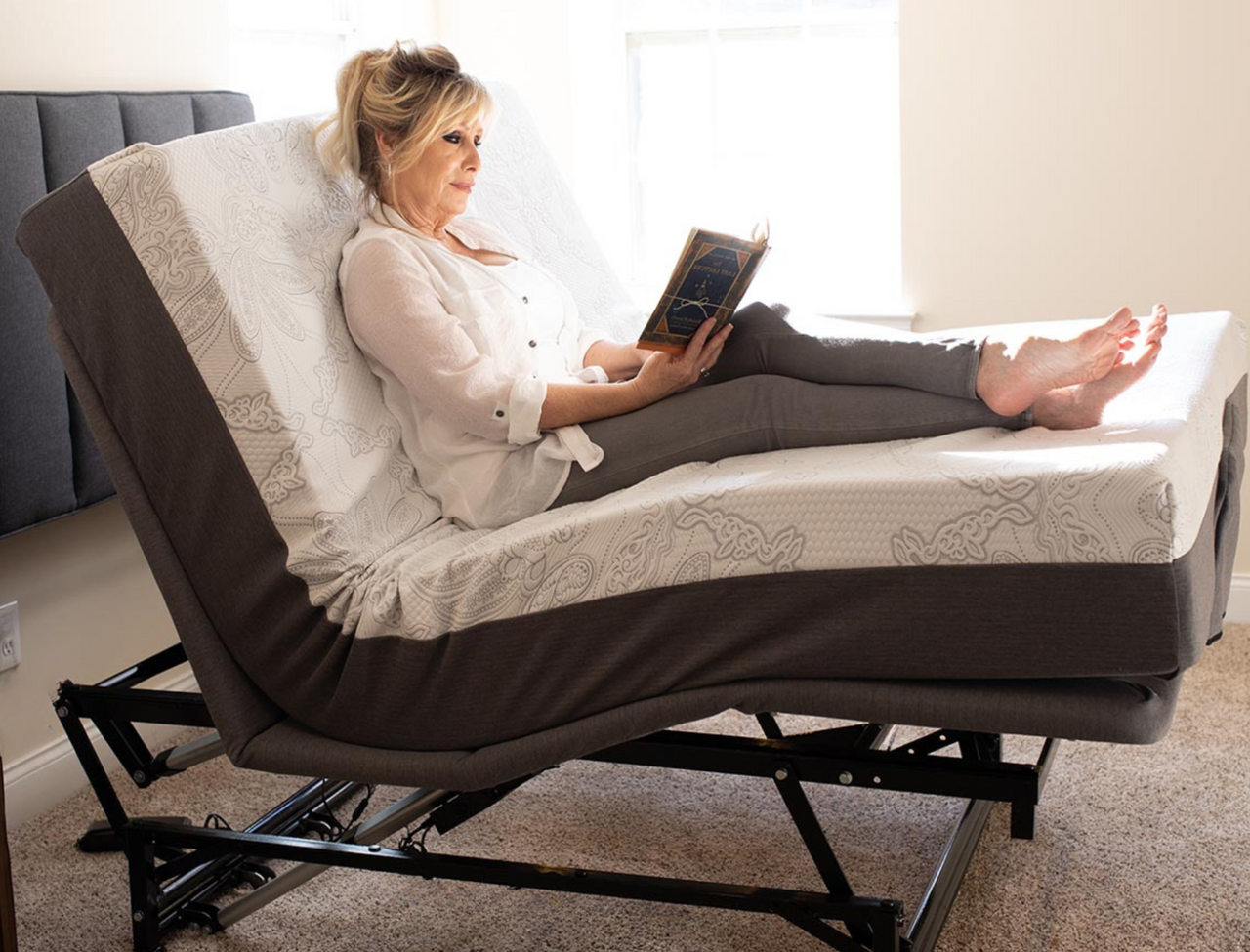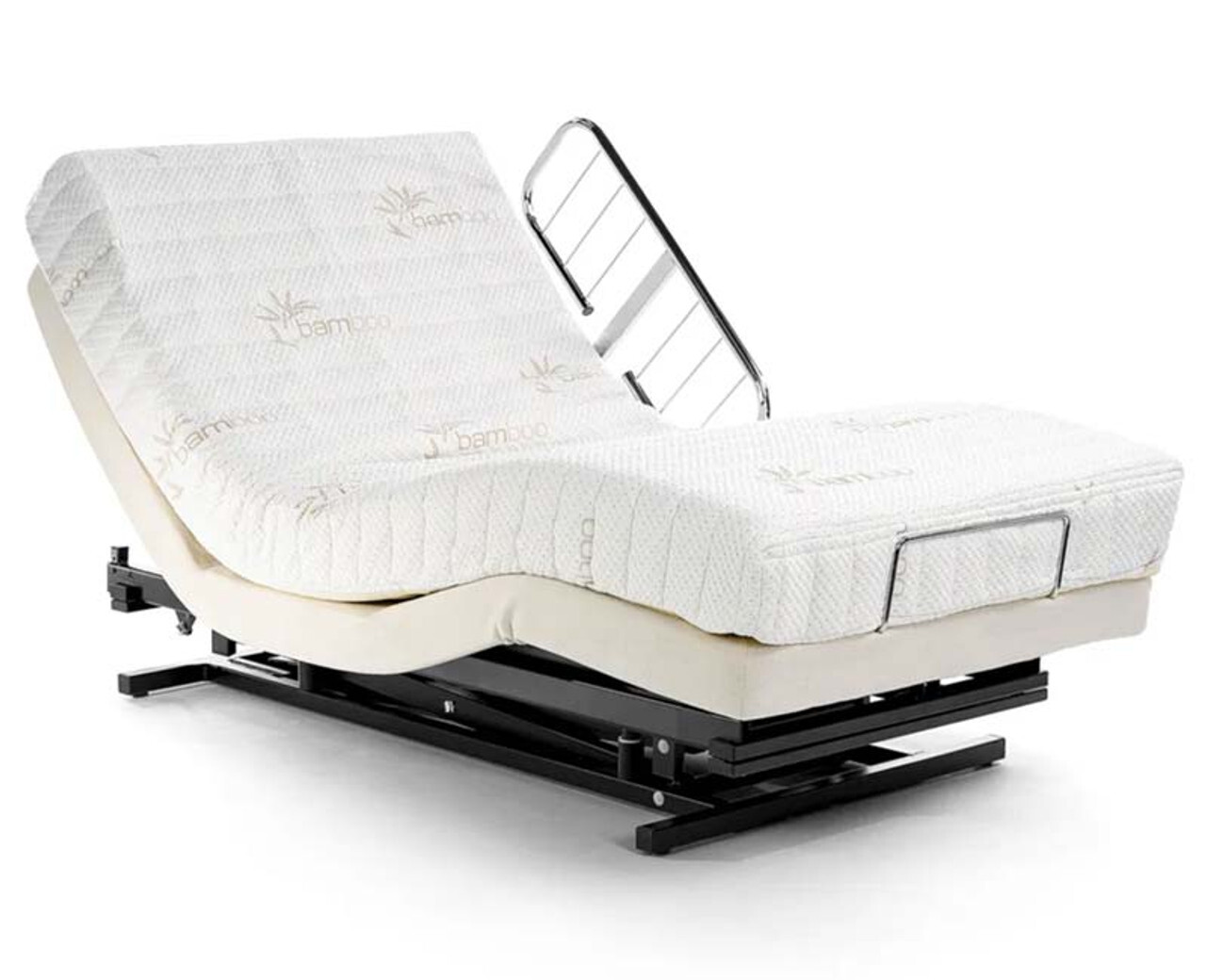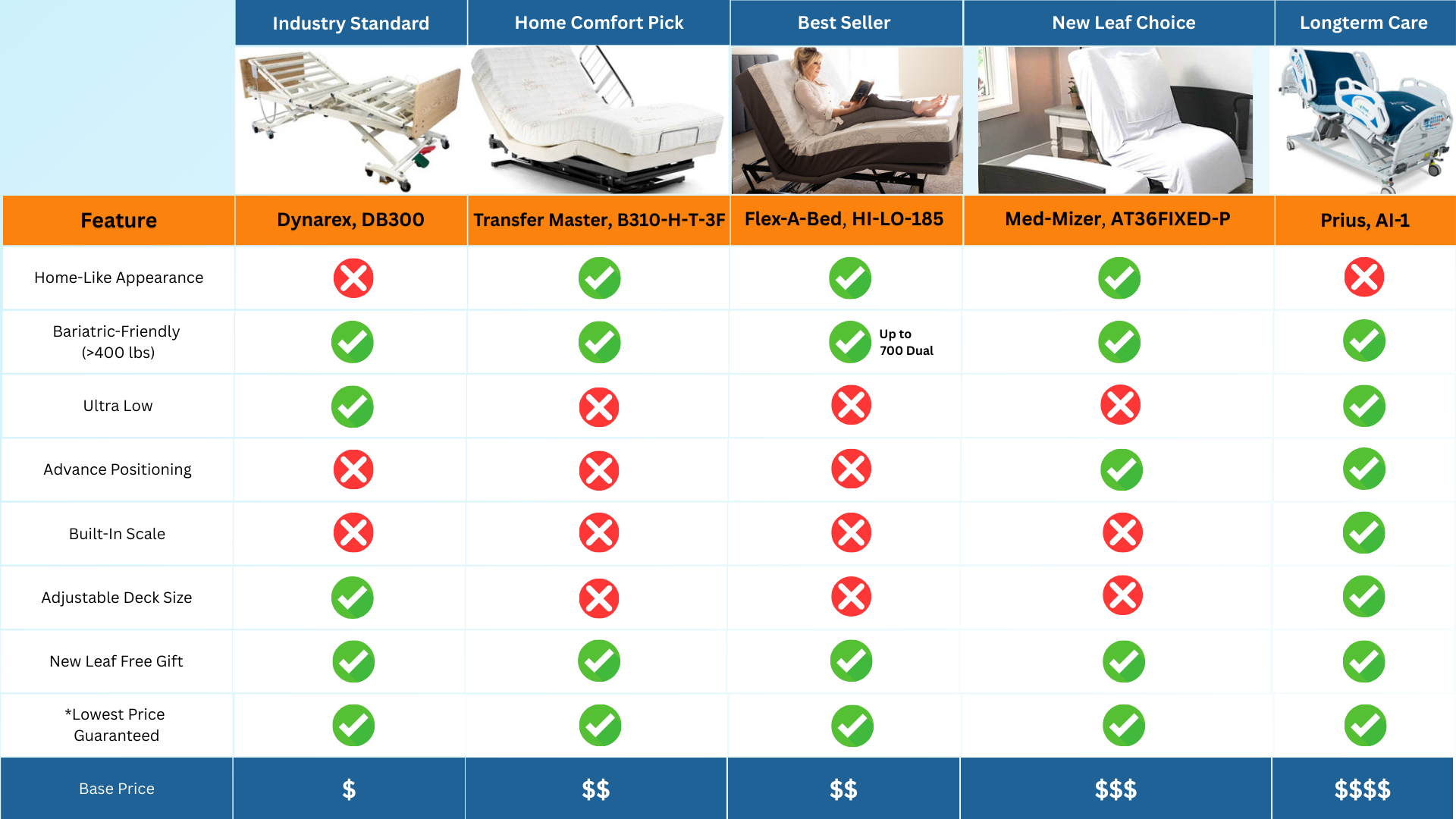Maintenance and Care for Home Hospital Beds
Posted by New Leaf Staff on Apr 17, 2025
A hospital bed is an essential investment in home care, providing necessary support and comfort for individuals with health needs. Regular maintenance and care for the bed are vital not only for extending its lifespan but also for ensuring it remains a safe and hygienic environment. Proper cleaning, regular checks, and preventive measures can make a significant difference, preventing issues before they arise and promoting a comfortable experience for both patients and caregivers.
In this guide, we’ll explore the importance of hospital bed maintenance, from cleaning and sanitizing to component checks and preventive care, helping you keep the bed in top condition for long-term use.
Importance of Regular Maintenance
Enhancing Safety and Performance
Routine maintenance is key to ensuring that the hospital bed operates safely and effectively. Without regular upkeep, wear and tear can affect the bed’s stability and functionality, posing risks to both patients and caregivers. For example, loose side rails, worn-out bed locks, or malfunctioning electronic controls could lead to accidents if not addressed.
Preventive maintenance identifies potential issues early on, reducing the risk of unexpected breakdowns or safety concerns. This proactive approach ensures that the bed remains stable, comfortable, and safe, supporting daily care routines without interruption.
Prolonging Bed Lifespan
Proper maintenance extends the life of the hospital bed, protecting your investment and delaying the need for costly repairs or replacements. Regular cleaning, lubrication, and part inspections prevent excessive wear on components, ensuring that each part functions optimally.
investment and delaying the need for costly repairs or replacements. Regular cleaning, lubrication, and part inspections prevent excessive wear on components, ensuring that each part functions optimally.
 For individuals requiring long-term care, maintaining the bed’s condition can save time, money, and hassle in the long run.
For individuals requiring long-term care, maintaining the bed’s condition can save time, money, and hassle in the long run.
By implementing a consistent maintenance routine, caregivers can keep the bed in excellent working order, preserving its functionality and providing a stable environment for the patient.
Cleaning and Sanitizing
Regular Surface Cleaning
Cleaning the hospital bed’s surfaces is essential for hygiene, especially for patients who may have compromised immune systems. Regular cleaning prevents the buildup of dust, bacteria, and allergens, contributing to a healthy care environment. Begin by wiping down the bed frame, headboard, footboard, and side rails with a mild, non-abrasive cleaner. Avoid harsh chemicals that may damage the bed’s finish or cause skin irritation.
A daily wipe-down of high-contact areas, such as side rails and control buttons, helps keep germs at bay. For deeper cleaning, disinfecting wipes or a diluted bleach solution can be used to sanitize the bed frame, paying close attention to areas frequently touched by both the patient and caregivers.
Mattress Cleaning
The mattress also requires routine cleaning to prevent stains, odors, and bacteria growth. Many hospital bed mattresses come with a waterproof or antimicrobial cover that can be removed and washed. If the mattress is not covered, use a damp cloth with mild soap to clean its surface, then allow it to dry completely before putting it back on the bed.
For patients prone to incontinence, it may be helpful to use additional protective layers or waterproof mattress covers that are easy to remove and clean. By regularly cleaning the mattress and its covers, caregivers can maintain a fresh, comfortable, and hygienic sleeping surface.
Infection Control Practices
Infection control is a critical aspect of hospital bed maintenance, particularly for individuals with health conditions. Regular sanitization of bed surfaces and accessories can help prevent the spread of bacteria and viruses. It’s recommended to use hospital-grade disinfectants on high-touch surfaces, such as side rails, control panels, and overbed tables.
In addition to surface cleaning, consider implementing hygiene practices, such as washing linens frequently and ensuring that caregivers wash their hands before assisting patients. These practices create a safe environment that reduces the risk of infections and supports overall well-being.
Lubrication and Parts Check
Lubricating Moving Parts
Hospital beds often include moving parts, such as adjustable joints, side rails, and wheels. Regular lubrication of these parts ensures smooth operation and prevents squeaking, stiffness, or jamming. Use a silicone-based lubricant on moving parts, focusing on the bed’s joints, lift mechanisms, and any adjustable components.
such as adjustable joints, side rails, and wheels. Regular lubrication of these parts ensures smooth operation and prevents squeaking, stiffness, or jamming. Use a silicone-based lubricant on moving parts, focusing on the bed’s joints, lift mechanisms, and any adjustable components.
Before applying lubricant, wipe down the parts to remove dust or debris, ensuring the lubricant can work effectively. Regular lubrication not only enhances functionality but also reduces the risk of wear and tear, extending the life of the bed’s mechanisms.
Inspecting Electrical and Mechanical Components
 For beds with electronic controls, it’s important to inspect the power cords, remote control, and motor regularly to ensure they are functioning properly. Look for any frayed cords, loose connections, or signs of damage. If the bed does not respond to commands smoothly or if there are any unusual sounds, it may indicate an issue with the motor or controls that requires professional attention.
For beds with electronic controls, it’s important to inspect the power cords, remote control, and motor regularly to ensure they are functioning properly. Look for any frayed cords, loose connections, or signs of damage. If the bed does not respond to commands smoothly or if there are any unusual sounds, it may indicate an issue with the motor or controls that requires professional attention.
Mechanical components, such as side rail locks and bed frame joints, should also be checked for signs of wear. Tighten any loose screws or bolts, and ensure that locking mechanisms function securely. Routine inspections allow caregivers to identify potential issues early, preventing sudden malfunctions that could disrupt care.
Extending the Life of the Bed
Establishing a Maintenance Schedule
 A consistent maintenance schedule is essential for keeping the hospital bed in optimal condition. Consider setting a weekly or monthly routine that includes tasks such as cleaning, lubrication, and parts inspection. Keeping a maintenance log can also be helpful, as it allows caregivers to track completed tasks and monitor any recurring issues that may require additional attention.
A consistent maintenance schedule is essential for keeping the hospital bed in optimal condition. Consider setting a weekly or monthly routine that includes tasks such as cleaning, lubrication, and parts inspection. Keeping a maintenance log can also be helpful, as it allows caregivers to track completed tasks and monitor any recurring issues that may require additional attention.
Establishing a schedule not only ensures that maintenance is performed regularly but also creates a proactive approach to caring for the bed, reducing the likelihood of unexpected repairs.
Addressing Wear and Component Replacement
Over time, parts of the hospital bed may show signs of wear, especially if the bed is used frequently. Monitor components such as the mattress, side rails, wheels, and motor for any deterioration, and consider replacing worn parts as needed. Most manufacturers provide replacement parts, which can help restore the bed’s functionality without requiring a full replacement.
Replacing components, such as a mattress cover or remote control, can be a cost-effective way to maintain the bed’s comfort and usability. Addressing wear promptly helps prevent further damage, ensuring that the bed remains a safe and supportive environment.
Final Thoughts
Maintaining and caring for a hospital bed at home is crucial for creating a safe, comfortable, and reliable care environment. Regular cleaning, lubrication, and part inspections not only extend the bed’s lifespan but also enhance safety and hygiene, supporting both patient well-being and caregiver efficiency. With consistent maintenance, caregivers can ensure that the hospital bed remains in excellent condition, ready to meet the daily needs of those requiring care.
By establishing a routine for upkeep and addressing wear as it appears, caregivers can protect their investment and provide a stable, supportive setup that contributes to the patient’s comfort and security. A well-maintained hospital bed brings peace of mind, allowing both patients and caregivers to focus on health and recovery with confidence.

